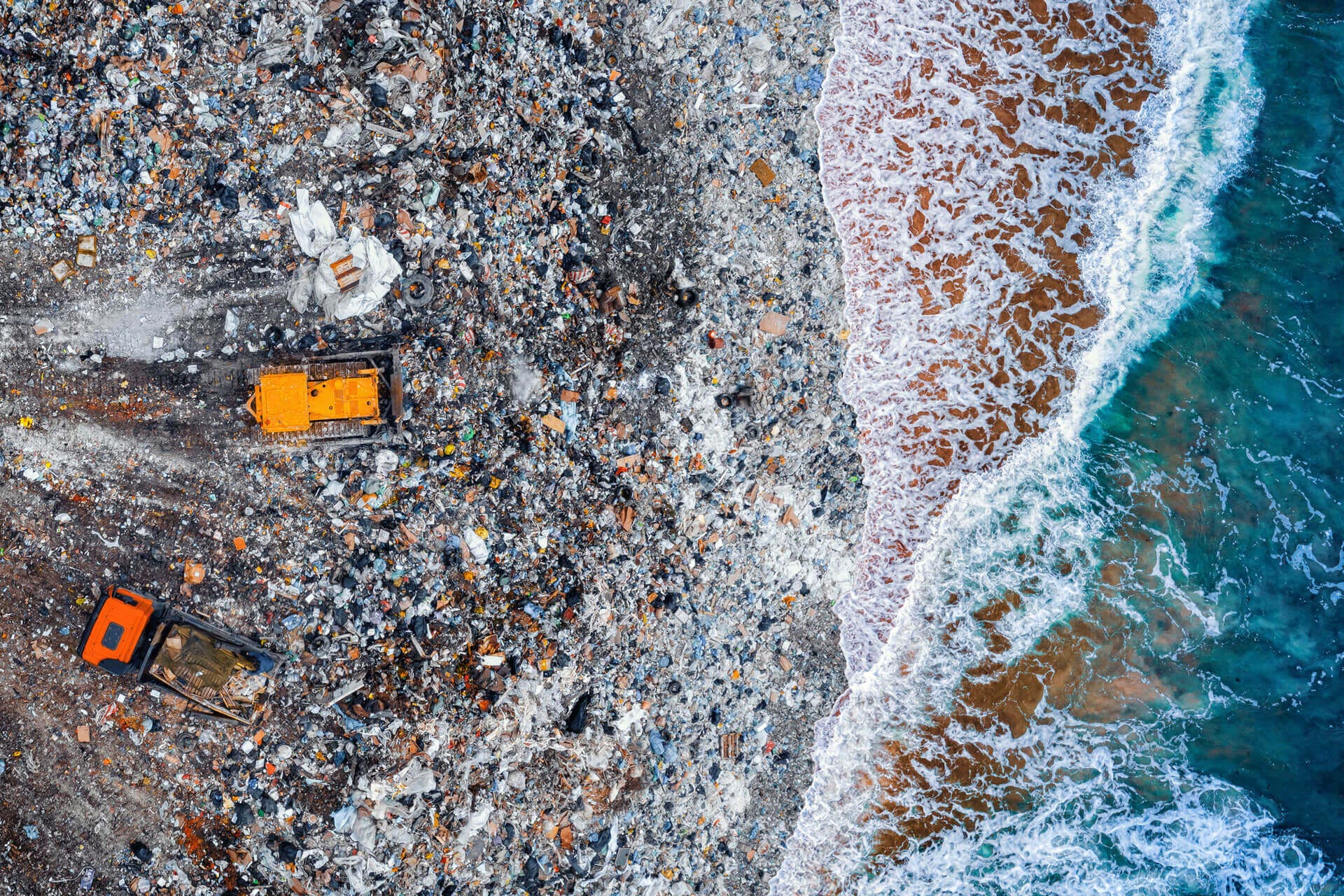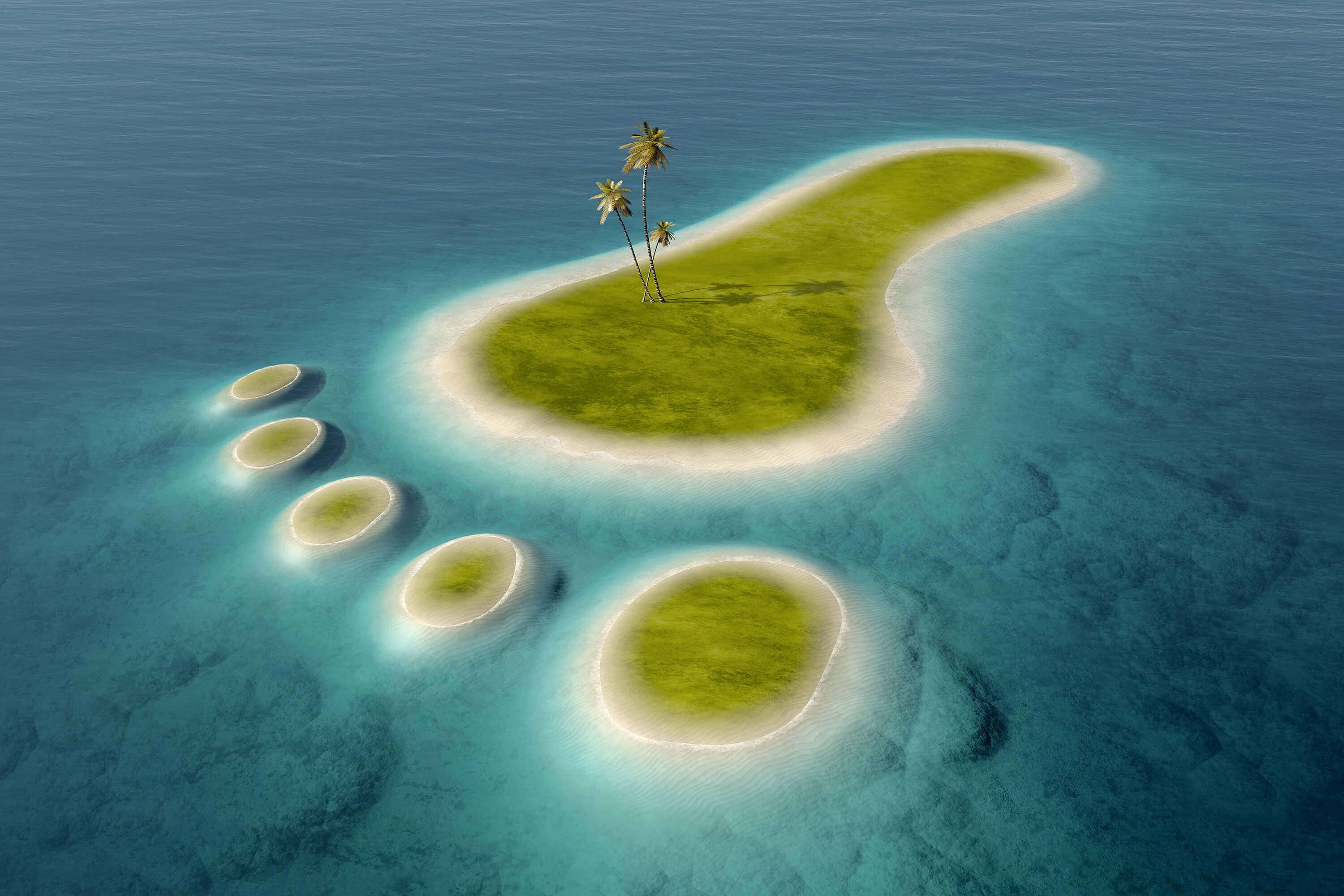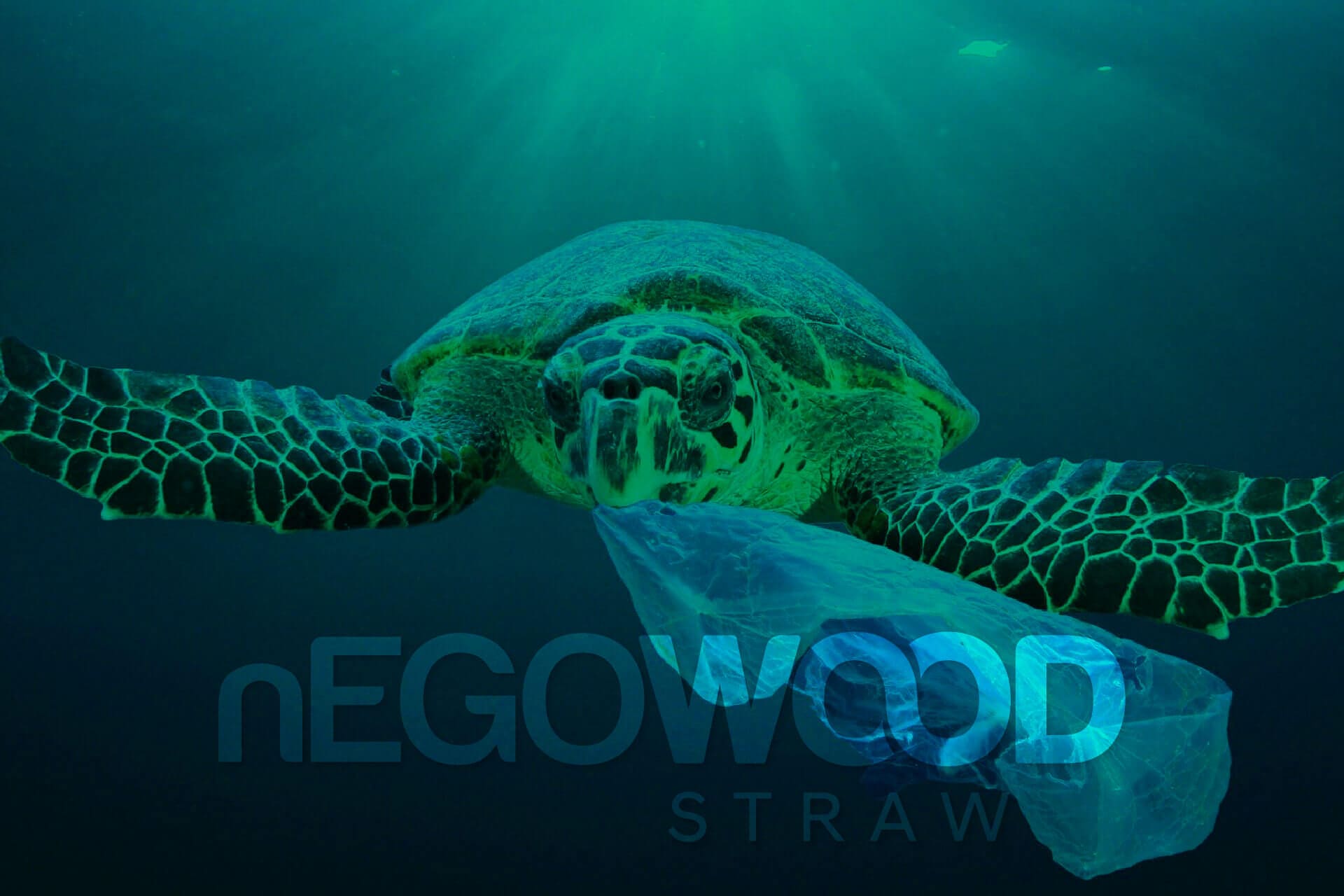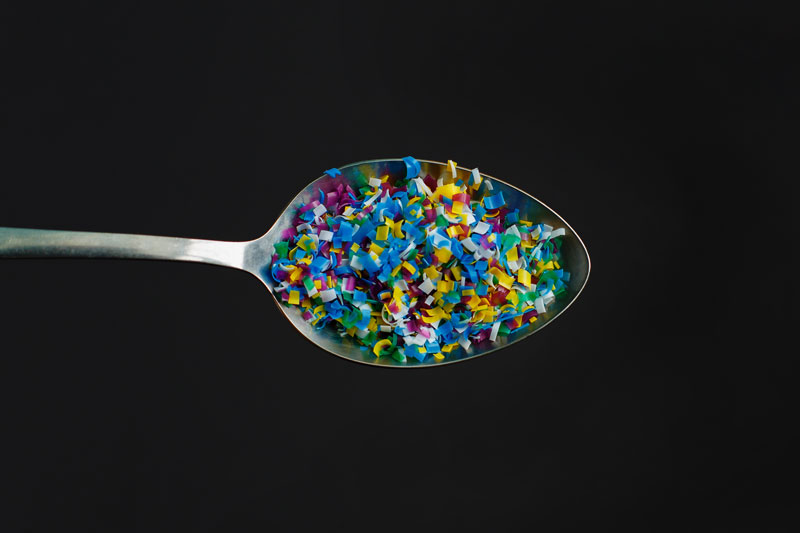
The Damage Caused by Plastics to the Oceans
Have you heard of the Mariana Trench before? The Mariana Trench is
the deepest in the world, located in the Pacific Ocean and its
deepest point is almost 11 kilometers. In other words, we can say
that it is about 1.5 times as deep as Mount Everest. How would you
feel if I told you that experts have come across plastic waste even
in the depths of the Mariana Trench, according to a report published
in the journal Nature Ecology and Evolution?
I think this is great proof of how endangered our oceans are, which
cover 72% of the Earth we live in and make up more than 97% of our
water resources.
Ocean Life in Danger, According to UN Data
Our oceans, which are almost the key point of living life, are unfortunately one of the places where plastic pollution is seen the most. While 200 million tons of plastic are produced in the world every year, about 8 million tons of these plastics are unconsciously dumped into the oceans. These wastes put ocean life in great danger. According to the data of the United Nations, at least 800 living species worldwide are affected by these plastic wastes in the oceans, moreover, 100 thousand marine mammals and turtles and 1 million seabirds die every year due to plastic pollution.
Another Natural Wonder Near To Disappear: Coral Reefs
Coral reefs are one of the marine ecosystems that are most affected by plastic pollution caused by humans and increasing day by day. Corals, which are very important creatures for the continuity of the ecosystem, lose their lives by getting sick due to bacteria caused by plastic waste. The deaths of these creatures will directly affect the food chain and cause the extinction of many living things and marine life. In summary, a living species that is at the key point of the whole ecosystem is about to disappear due to the unconsciousness and insensitivity of people.In our previous articles, we told you about a plastic continent called the "7th Continent" and formed by human hands. Many creatures living around this heap of plastic in the Great Pacific Ocean consume this plastic waste as food and then die of poisoning. At the same time, there are sea turtles that cannot breathe because of the plastic straws stuck in their noses, seals whose mobility is restricted by the plastics wrapped around their necks and cannot be hunted, and many more.
There Will Be More Plastic Than Fish In The Oceans!
According to research conducted by an environmental organization called the Ocean Conservancy, it is predicted that the amount of plastic waste in the oceans will reach 250 million tons in 10 years and by 2050 there will be more plastic than fish in the oceans. Even today, according to the data we have, enough plastic waste is left in the oceans every second for a garbage truck to carry.How far will this indifference go? How long will we remain silent? How long will we tolerate the death of sea creatures that have no crime? How long will we leave the colorful lives in the depths of our oceans condemned to our black?
Let's stop this together and let's hope for those colorful lives again.
Authored by: İlayda Gülşen





